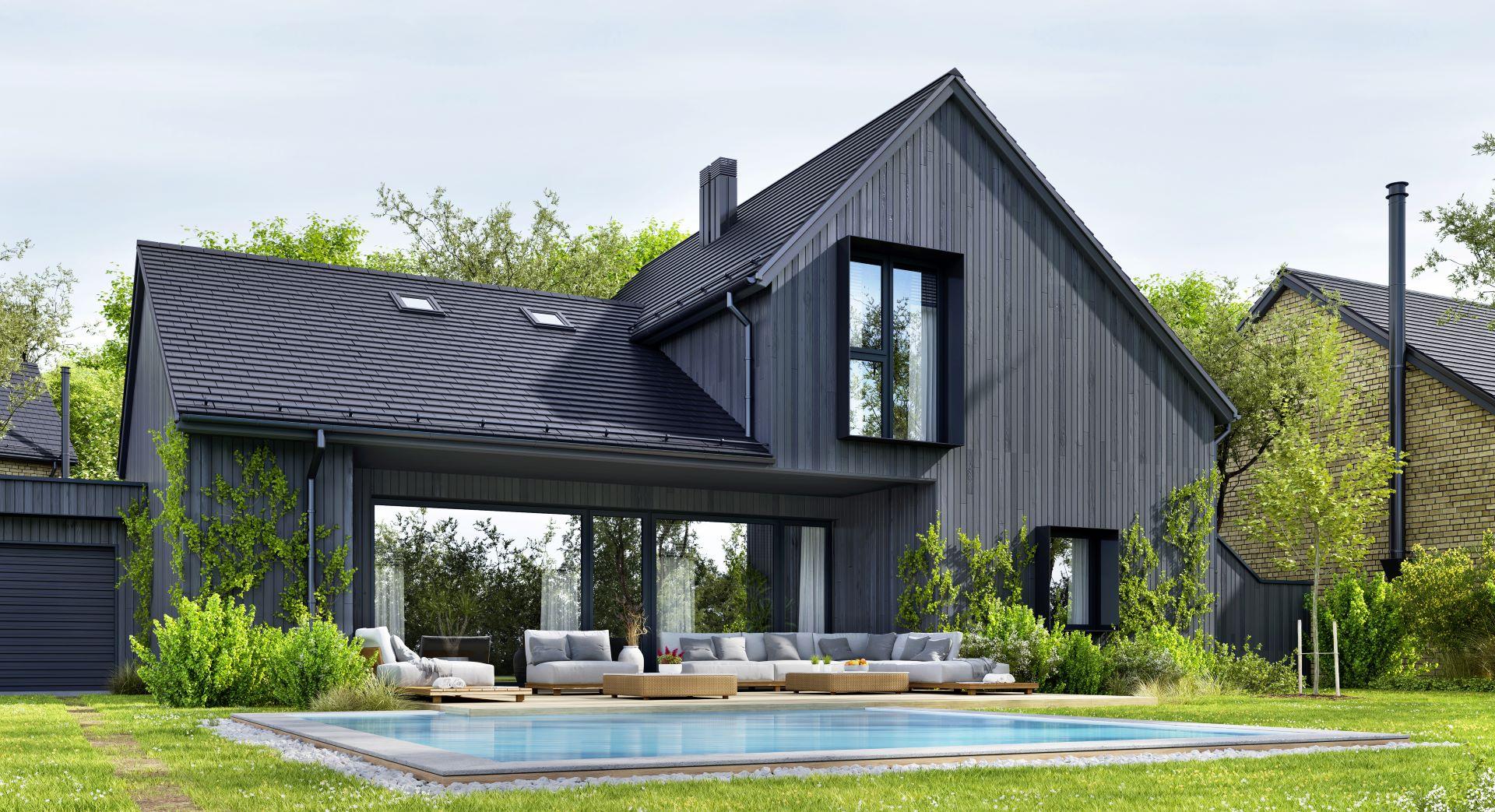A Touch of Timelessness: Blending Tradition with Innovation in Design
In an era where the novel outpaces the time-tested, we often find ourselves at the crossroads of tradition and innovation. The relentless pursuit of the ‘next big thing’ sometimes results in a neglect of the wisdom lying within our roots. This blog post ventures into the fascinating world of design where the classic intertwines with the contemporary, crafting a narrative that is as timeless as it is groundbreaking. Can we truly blend the old with the new and create designs that are both innovative and rooted in tradition? Let’s delve in to discover.
Balancing Past and Future: The Dance of Tradition and Innovation
Our ancestors did not merely leave behind a legacy of archaic practices. They gave us wisdom that holds relevance even in the cutting-edge digital world we inhabit today. In design, this truth is beautifully exemplified. The problem lies not in the abundance of modern design tools and techniques, but in our sometimes blinkered approach to innovation that misses the value of traditional wisdom.
Taking inspiration from the Japanese architectural practice of Yakisugi, a method of wood preservation that dates back to the 18th century, modern designers have harnessed its principles to enhance the durability and aesthetic appeal of contemporary structures. By blending this time-honoured tradition with modern architectural practices, we bridge the gap between the old and new, marrying authenticity with modernity.
The Power of Integrative Design: A Timeless Perspective
Integration is key when it comes to weaving tradition into modern design. The challenge is to respect and preserve the heritage while incorporating innovative elements that do not distort but rather enhance the original value. So, how do we do this? Here are a few pointers:
- Respect for Roots: Understand the essence and value of the traditional element you wish to incorporate. The objective is to enhance, not overshadow.
- Innovative Interpretation: Reinterpret tradition in a contemporary context. This might involve abstracting the concept, or fusing it with modern ideas.
- Aesthetic Alignment: Ensure a visual coherence between the traditional and modern elements. They should seamlessly blend to create a harmonious design narrative.
Tradition’s Twist: The New Wave of Design Innovation
By learning to appreciate the wisdom of the past, we can create designs that are refreshing, yet imbued with a familiar touch of timelessness. A good example is the revival of artisanal crafts in modern home decor. Hand-woven rugs, hand-painted tiles, and hand-carved furniture—items that were once considered passé—are now coveted pieces that add character and a unique story to a space.
Innovations like 3D printing and AI have also opened new possibilities for traditional craftsmanship. They allow artists to recreate and reimagine ancient designs with an unprecedented level of detail and precision. The result? A fusion of tradition and technology that is undeniably captivating.
Conclusion: Crafting a Timeless Design Narrative
In our journey towards innovation, let’s not lose sight of the footprints behind us. They remind us of a rich past, laden with lessons and insights that can inspire and guide us. When tradition meets innovation in design, a unique dialogue emerges—a dialogue that narrates a story of evolution, resilience, and creativity. And isn’t that what design is all about? From the smoky charm of Yakisugi to the precision of 3D printing, the design world is a captivating blend of old and new, constantly evolving, yet eternally timeless.
The old adage, “old is gold,” seems quite apt when we witness the beauty that emerges from the synergy of tradition and innovation. So, let’s celebrate this timeless blend in our pursuit of design that is as authentic as it is avant-garde.
Picture Credits:
slavun – stock.adobe.com



